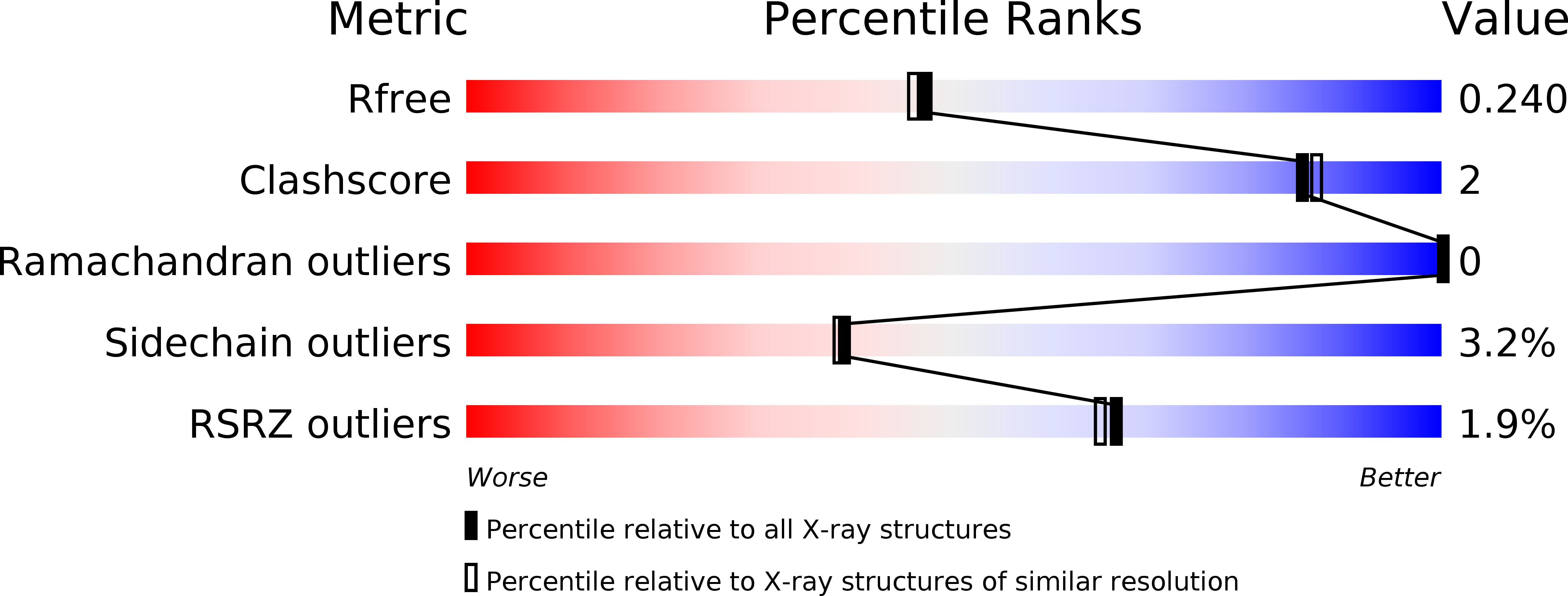
Deposition Date
2013-06-09
Release Date
2013-07-17
Last Version Date
2024-11-06
Entry Detail
PDB ID:
4L4T
Keywords:
Title:
Structure of human MAIT TCR in complex with human MR1-6-FP
Biological Source:
Source Organism:
Homo sapiens (Taxon ID: 9606)
Host Organism:
Method Details:
Experimental Method:
Resolution:
2.00 Å
R-Value Free:
0.22
R-Value Work:
0.18
R-Value Observed:
0.18
Space Group:
C 1 2 1


